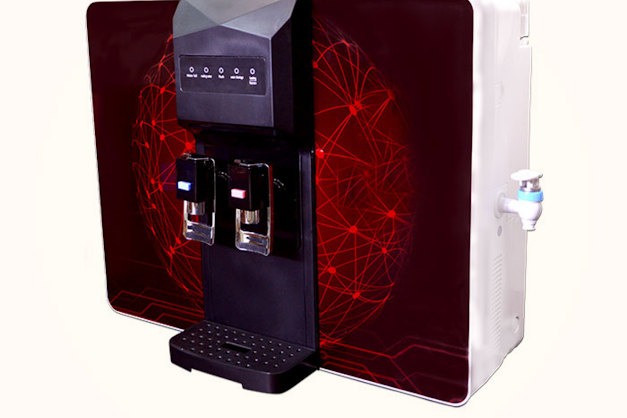The Art and Science Behind Drop Shadow Services
In the realm of graphic design, where the visual appeal
often determines the success of a project, the careful application of
techniques can make all the difference. One such technique that has stood the
test of time and continues to shape modern designs is the use of drop shadows.
Beyond mere visual embellishments, drop shadow services play a pivotal role in
adding depth, dimension, and a touch of realism to images. This article delves
into the intricate art and science behind drop shadow services, exploring their
applications, nuances, and the impact they have on visual storytelling.
Understanding the Essence of Drop Shadows:
Drop shadows are a design element that involves creating a
subtle, blurred, and often semi-transparent shadow behind an object. This
technique simulates the effect of light casting a shadow, giving the object a
lifted and three-dimensional appearance. While seemingly simple, the art of
drop shadows lies in the precision and subtlety with which they are applied,
contributing to the overall aesthetics of a design.
Key Elements of Drop Shadow Services:
Depth and Dimension:
The primary purpose of drop shadows is to introduce depth
and dimension to otherwise flat objects.
Shadows create a sense of distance between the object and
its background, making the design visually compelling.
Realism and Tangibility:
In a digital environment, drop shadows add a touch of
realism by emulating the way light interacts with physical objects.
When done skillfully, shadows contribute to the perception
of tangibility, enhancing the user's visual experience.
Direction and Light Source:
The direction and intensity of the shadow depend on the
positioning of the light source.
Designers carefully consider the angle and placement of
shadows to maintain visual consistency and authenticity.
Subtlety and Balance:
Effective drop shadows are subtle and balanced, avoiding
exaggeration that might distract from the main elements of the design.
Striking the right balance ensures that the shadows enhance,
rather than overpower, the overall visual composition.
Also Read: The Power and Principles of White Hat SEO
Applications of Drop Shadow Services:
User Interface (UI) Design:
Drop shadows are extensively used in UI design to create
separation between elements, providing a sense of layering.
Well-crafted shadows guide users' focus and improve the
overall usability of interfaces.
Product Photography:
In e-commerce and product photography, drop shadows lend a
sense of elevation to items, making them appear more dynamic and appealing.
Shadows emphasize the form and details of products,
enhancing their visual presentation.
Typography and Logos:
Drop shadows can be applied to typography and logos to make
them stand out against backgrounds.
This technique adds a sense of prominence and sophistication
to text-based elements.
Print and Marketing Materials:
In print media, drop shadows contribute to the visual
hierarchy and layout of brochures, posters, and promotional materials.
Shadows help create a sense of depth in printed materials,
enhancing their overall impact.
Conclusion:
Drop shadow services are a testament to the delicate balance between art and science in graphic design. When applied thoughtfully, drop shadows elevate designs, imparting depth and realism that captivate audiences. In a digital landscape where visual storytelling is paramount, mastering the nuances of drop shadow services becomes a valuable skill for designers seeking to create compelling, immersive, and aesthetically pleasing visual experiences.




Comments
Post a Comment